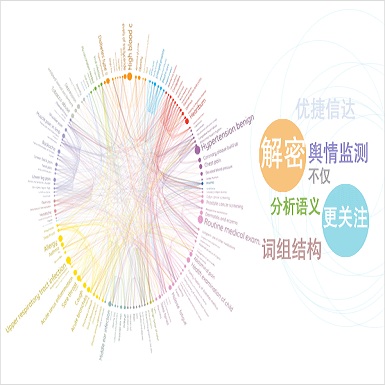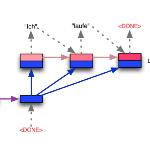Semantic parsing is the task of producing a structured meaning representation for natural language utterances or questions. Recent research has pointed out that the commonly-used sequence-to-sequence (seq2seq) semantic parsers struggle to generalize systematically, i.e. to handle examples that require recombining known knowledge in novel settings. In this work, we show that better systematic generalization can be achieved by producing the meaning representation (MR) directly as a graph and not as a sequence. To this end we propose LAGr, the Labeling Aligned Graphs algorithm that produces semantic parses by predicting node and edge labels for a complete multi-layer input-aligned graph. The strongly-supervised LAGr algorithm requires aligned graphs as inputs, whereas weakly-supervised LAGr infers alignments for originally unaligned target graphs using an approximate MAP inference procedure. On the COGS and CFQ compositional generalization benchmarks the strongly- and weakly- supervised LAGr algorithms achieve significant improvements upon the baseline seq2seq parsers.
翻译:语义解析是生成自然语言语句或问题的结构性含义代表的任务。 最近的研究指出, 常用的序列到序列( seq2seq) 语义解析器很难系统地概括化, 也就是说, 要处理需要重新组合在新奇设置中已知知识的实例。 在这项工作中, 我们显示, 可以通过直接以图表而不是序列的形式生成含义( MR) 来实现更系统的概括化。 为此, 我们提议LAGr, 通过预测全多层输入一致的图形的节点和边缘标签来生成语义剖析法 。 严格监督的LAGr 算法需要以一致的图形作为投入, 而弱度超强的LAGr 推断对原始不匹配的目标图形的比对齐, 使用一种近似 MAP 推断程序。 关于COGS 和 CFQ 的构成概括化概括化, 我们提议以强弱监管的LAGr 算法为基准, 大大改进了基线后2sqeq 。




